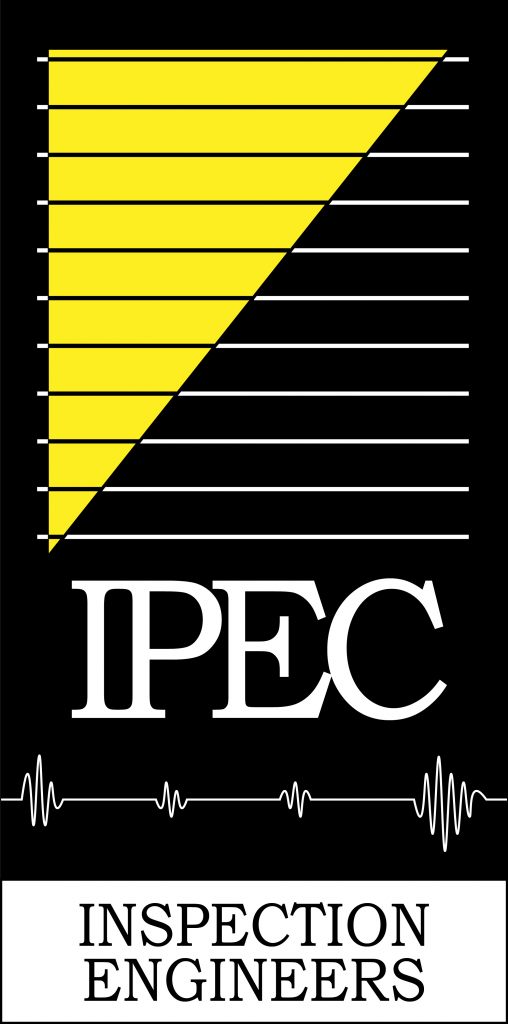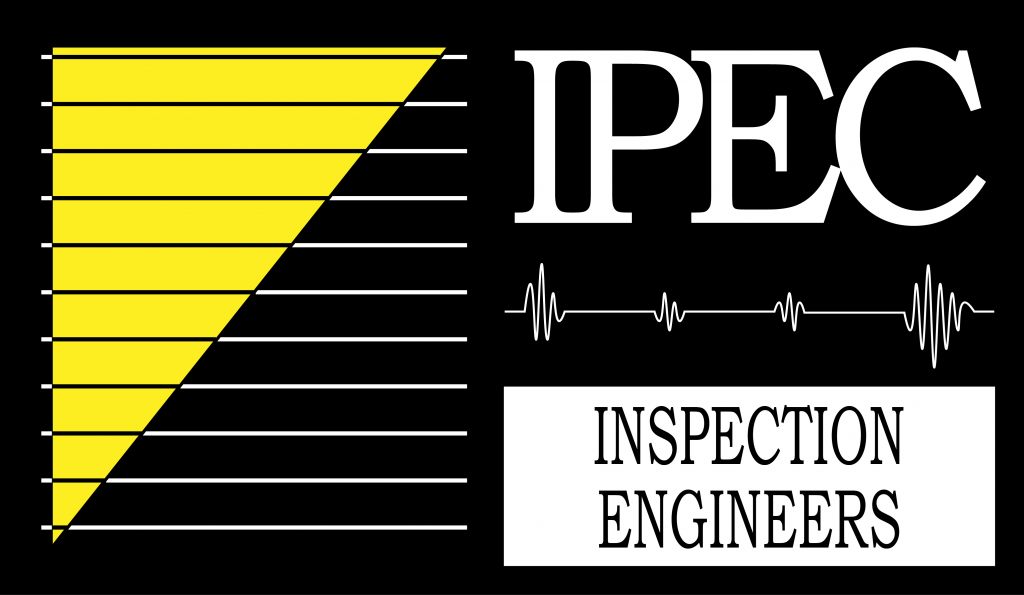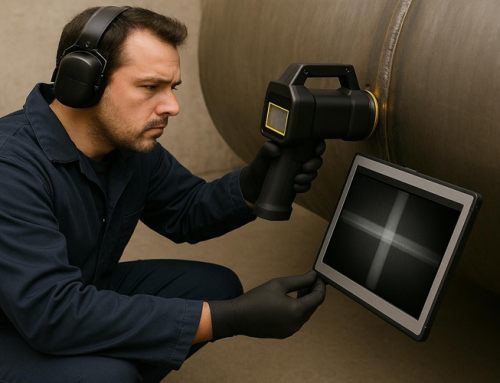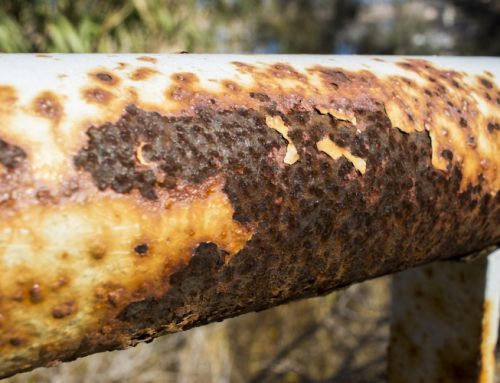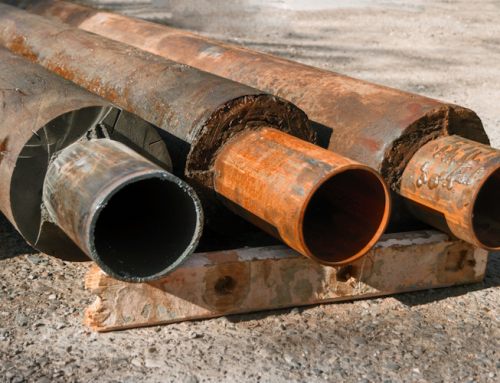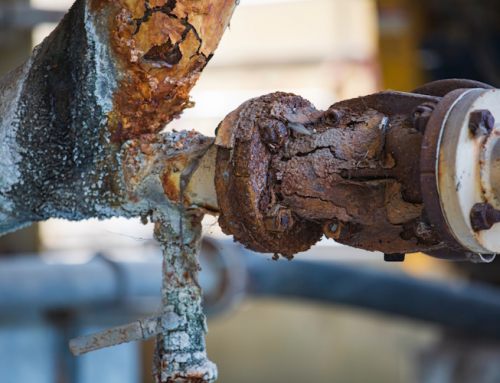As the restrictions in the use of X-Ray & Gamma on sites has increased over the years, the need for alternative weld inspection methods and techniques such as Phased Array Ultrasonic Testing (PAUT) has become more evident. Generally, new developments in Non-Destructive Testing (NDT) are driven by improved performance of the new technique and cost reduction. For the pre-service inspections, cost reduction is generally given more consideration than improved performance, the rationale being that inspections are acceptable as long as welding satisfies the requirements of the applicable codes and standards.
When Phased Array Inspection techniques are performed correctly, the quality & performance can be superior when compared with radiography, however by far the most important benefit of replacing site radiography with PAUT is Site Safety. PAUT does not use ionizing radiation, making it safer for operators and the surrounding environment. This eliminates the need for radiation safety protocols and can be performed in populated or sensitive areas without health risks.
Benefits
- Fewer Regulatory Hurdles: Because it does not involve radiation, PAUT faces fewer regulatory restrictions, making it easier to deploy in various environments. PAUT can also be performed while the equipment is in service, avoiding costly shutdowns or production interruptions.
- Easier Logistics: Transporting PAUT equipment is generally simpler and less restrictive compared to radiographic equipment, which requires special handling due to radiation hazards.
- No Chemical Waste: PAUT does not produce chemical waste associated with film processing in radiography, making it a more environmentally friendly option.
- Depth Information: PAUT provides accurate depth measurements of defects and corrosion, which RT often cannot achieve as precisely. This is crucial for assessing the severity and impact of flaws.
- Complex Geometries: PAUT can inspect complex geometries and difficult-to-access areas more effectively. The flexibility in beam steering allows for thorough inspections of welds, curved surfaces, and other challenging areas.
- Digital Data: PAUT generates digital data that can be easily stored, analyzed, and shared. This facilitates better record-keeping and the ability to perform advanced data analysis, trending, and comparison over time.
Code Compliance
Phased Array Ultrasonic Testing (PAUT) is increasingly recognized as code compliant for various applications and is often considered on par with radiography (RT) in terms of compliance with industry standards and codes. Here are some points to consider regarding PAUT’s code compliance:
1. Industry Standards and Codes
- ASME (American Society of Mechanical Engineers): PAUT is included in several ASME codes and standards. For example, ASME Section V (Nondestructive Examination) and ASME Section VIII (Pressure Vessels) outline the use of PAUT for specific inspections.
- API (American Petroleum Institute): The API 579/ASME FFS-1 Fitness-For-Service standard includes guidelines for the use of PAUT in the inspection of pressure vessels and piping.
- AWS (American Welding Society): AWS D1.1 Structural Welding Code allows the use of PAUT for the inspection of welds, providing it meets the acceptance criteria specified.
- ISO (International Organization for Standardization): ISO 13588 specifies the application of PAUT for the inspection of welds.
2. Acceptance and Equivalency
- Technical Equivalency: Many codes recognize PAUT as technically equivalent to radiography for specific applications, especially where volumetric inspection is required. This equivalency is based on PAUT’s ability to detect and characterize defects with high resolution and accuracy.
- Procedure Qualification: To be code compliant, PAUT procedures often need to be qualified according to the relevant standard. This involves demonstrating that the PAUT technique can reliably detect and size defects as required by the code.
3. Advantages Leading to Code Acceptance
- Safety: PAUT’s lack of radiation makes it safer and more practical for use in various environments, contributing to its acceptance in codes where safety is a concern.
- Accuracy and Resolution: The high-resolution imaging and detailed defect characterization offered by PAUT have led to its acceptance as an alternative to radiography in many codes.
- Flexibility: PAUT’s ability to inspect complex geometries and difficult-to-access areas has broadened its applicability and acceptance in industry standards.
4. Examples of Code Applications
- ASME Section V: This code outlines the general requirements for NDT, including PAUT. It specifies the techniques, equipment, and personnel qualifications required for code-compliant PAUT inspections.
- ASME Section VIII: This code addresses the inspection of pressure vessels, where PAUT can be used as an alternative to RT for certain weld inspections.
- AWS D1.1: In structural welding, PAUT is recognized for its ability to inspect welds, with detailed criteria provided for acceptance.
- API 510/570: These standards cover the inspection of pressure vessels and piping systems in the oil and gas industry, recognizing PAUT as an alternative to RT.
Conclusion
Phased Array Ultrasonic Testing (PAUT) is widely recognized as code compliant across various industries and applications. It is considered technically equivalent to radiography in many instances, especially when proper procedures and personnel qualifications are in place. As industry standards evolve, PAUT’s acceptance continues to grow, driven by its advantages in safety, accuracy, and versatility.
Related Topics;
Advanced UT (Phased Array & ToFD) in Lieu of Radiography
Author: James Murphy, Operations Manger of IPEC Inspection Ltd.
